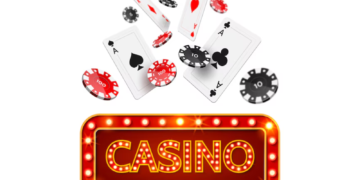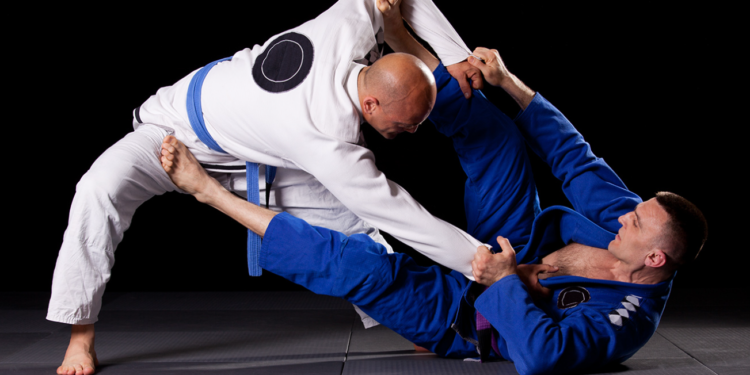Have you ever thought about how to find the right balance between physical fitness, mental health, and knowing how to protect yourself? Jiu Jitsu is the only thing you need to know. In this piece, we’ll talk about how practicing Jiu-Jitsu as an adult can help you get physically and mentally stronger. We will examine Jiu-Jitsu’s history, principles, skills, and training methods to discover why it has become famous for people who want to grow in all areas of their lives. So, let’s go on this trip together and find out what Jiu-Jitsu is all about.
The Origins of Jiu Jitsu
Historical Background
To truly appreciate the art of Jiu-Jitsu, we must understand its origins. Developed in Japan, Jiu-Jitsu dates back centuries and was initially created as self-defence for samurai warriors. Its techniques were designed to enable smaller individuals to overcome larger opponents using leverage and joint manipulation. Over time, Jiu-Jitsu evolved and found its way to Brazil, where it underwent further refinement and became what is now known as Brazilian Jiu-Jitsu (BJJ).
Principles of Jiu Jitsu
Jiu-Jitsu is founded upon several core principles that guide its practitioners. The first principle is that size and strength should not dictate the outcome of a confrontation. Instead, technique, strategy, and leverage are emphasized to level the playing field. The second principle is that positions of advantage and control are crucial in achieving victory. By understanding the mechanics of the human body and exploiting weak points, Jiu-Jitsu practitioners can gain dominance over their opponents. Lastly, Jiu-Jitsu places great importance on patience, discipline, and respect, fostering a positive and inclusive environment for all participants.
Benefits of Jiu Jitsu for Adults
Physical Fitness and Strength
One of the key benefits of practising Jiu-Jitsu as an adult is the improvement of physical fitness and strength. Jiu Jitsu for adults Toronto training involves a combination of cardiovascular exercise, strength training, and flexibility work. Participants experience increased endurance, muscular strength, and agility through regular practice. The intense grappling and sparring sessions build functional strength, targeting muscles throughout the body. Moreover, the constant movement in Jiu-Jitsu provides an excellent cardiovascular workout, improving overall fitness levels.
Mental Well-being and Stress Relief
In addition to the physical benefits, Jiu-Jitsu offers numerous advantages for mental well-being. Engaging in Jiu-Jitsu helps reduce stress and anxiety by providing an outlet for tension and pent-up energy. The focused training sessions require mental presence and concentration, allowing practitioners to disconnect from daily worries temporarily. Furthermore, Jiu-Jitsu fosters resilience, discipline, and self-confidence, which can positively impact other areas of life beyond the training mat.
Self-Defense Skills
Learning self-defence is an essential aspect of Jiu-Jitsu training. The techniques taught in Jiu-Jitsu empower individuals to defend themselves effectively in real-life situations. Unlike other martial arts that rely on strikes or kicks, Jiu-Jitsu emphasizes leverage, joint locks, and submissions to neutralize threats without causing excessive harm. This aspect makes Jiu-Jitsu a practical and efficient self-defence system that individuals of all ages and sizes can apply.
Training Methods and Techniques
Fundamental Techniques of Jiu jitsu
Jiu-Jitsu training begins with the mastery of fundamental techniques. These techniques form the building blocks for more advanced movements and strategies. Some fundamental techniques include basic positions such as the guard, mount, side control, and back control. Practitioners can progress to more complex techniques and submissions by developing a solid foundation in these positions.
Sparring and Rolling
To test and refine their skills, Jiu-Jitsu practitioners engage in sparring sessions known as “rolling.” During rolling, practitioners simulate real-life scenarios by applying techniques in a controlled environment. This dynamic training method allows individuals to practice their techniques against resisting opponents, enhancing their reflexes, timing, and problem-solving abilities. Rolling sessions also promote camaraderie and sportsmanship among practitioners.
Belt System and Progression
Jiu-Jitsu employs a belt system to recognize and reward practitioners for their progress and mastery of the art. The journey begins with a white belt and progresses through various coloured belts, including blue, purple, brown, and black. Each belt represents a different level of proficiency and requires the practitioner to demonstrate technical knowledge, skill, and a deep understanding of the art. The belt system provides a tangible sense of accomplishment and is a motivational tool for continual improvement.
Finding Balance in Life through Jiu Jitsu
Physical and Mental Balance
Jiu-Jitsu offers a unique opportunity to find balance in life’s physical and mental aspects. The physical demands of training promote a healthy lifestyle, improve fitness levels, and increase overall well-being. Simultaneously, the mental aspects of Jiu-Jitsu cultivate mindfulness, self-discipline, and the ability to overcome challenges. The art teaches individuals to embrace discomfort, adapt to changing situations, and persevere through adversity. These lessons learned on the mat often transcend into everyday life, leading to a more balanced and fulfilling existence.
Connection and Community
Jiu-Jitsu fosters a strong sense of connection and community among its practitioners. Training sessions often involve working with partners or teammates, creating an environment of cooperation and mutual growth. The bonds formed through training and shared experiences contribute to a supportive network of like-minded individuals. This sense of belonging and camaraderie can be invaluable, providing emotional support and encouragement throughout one’s Jiu-Jitsu journey.
Conclusion
In conclusion, Jiu-Jitsu is an assertive discipline that offers adults a pathway to finding balance and strength in life. Jiu-Jitsu encompasses a holistic approach to physical fitness, mental well-being, and self-defenses from its historical roots to its core principles, techniques, and training methods. By engaging in this art form, adults can experience the physical benefits of improved fitness and strength while reaping the rewards of mental clarity, stress relief, and personal growth. So why wait? Step onto the mat, embrace the art of Jiu-Jitsu and embark on a transformative journey towards balance and strength.




























